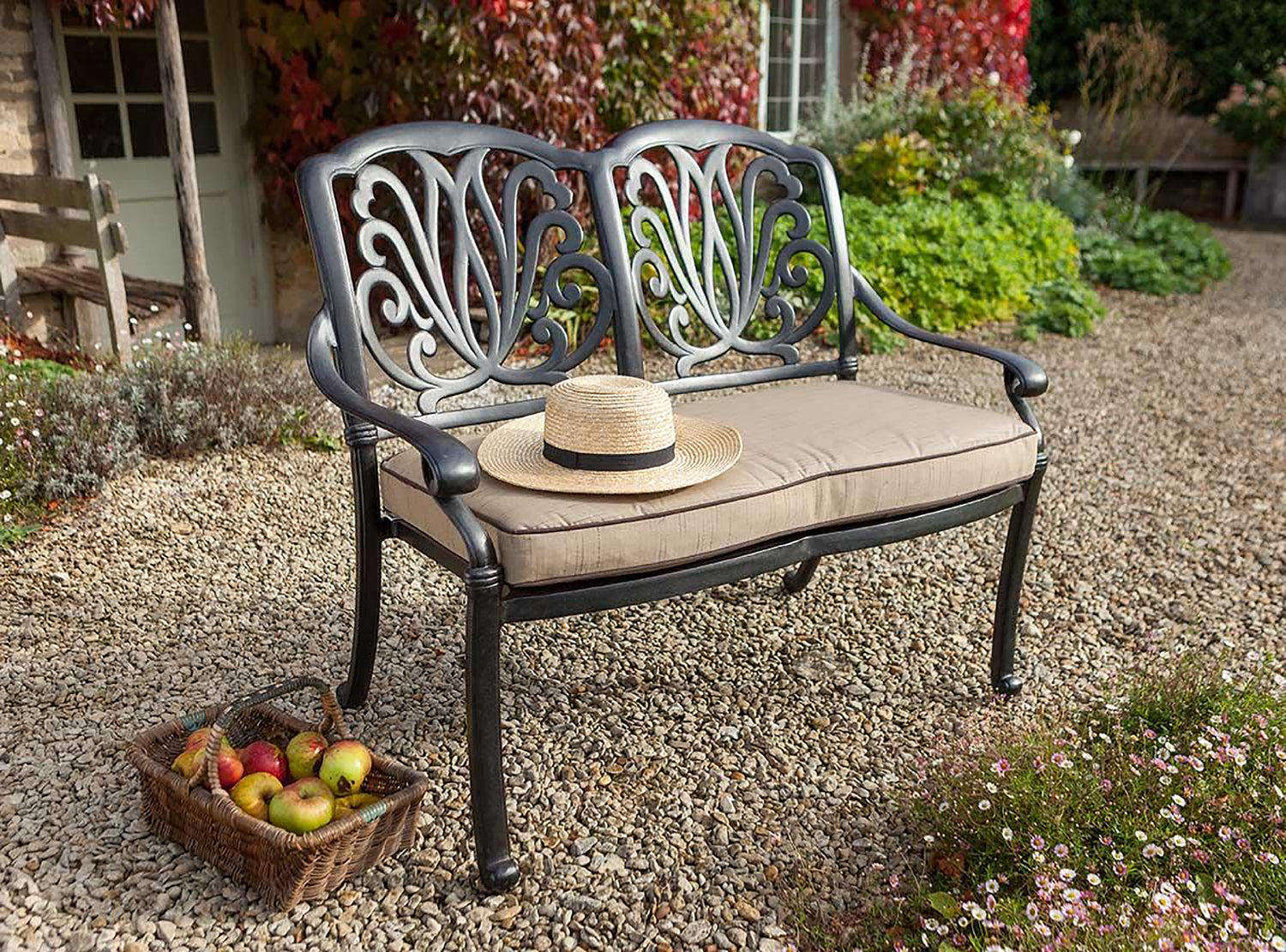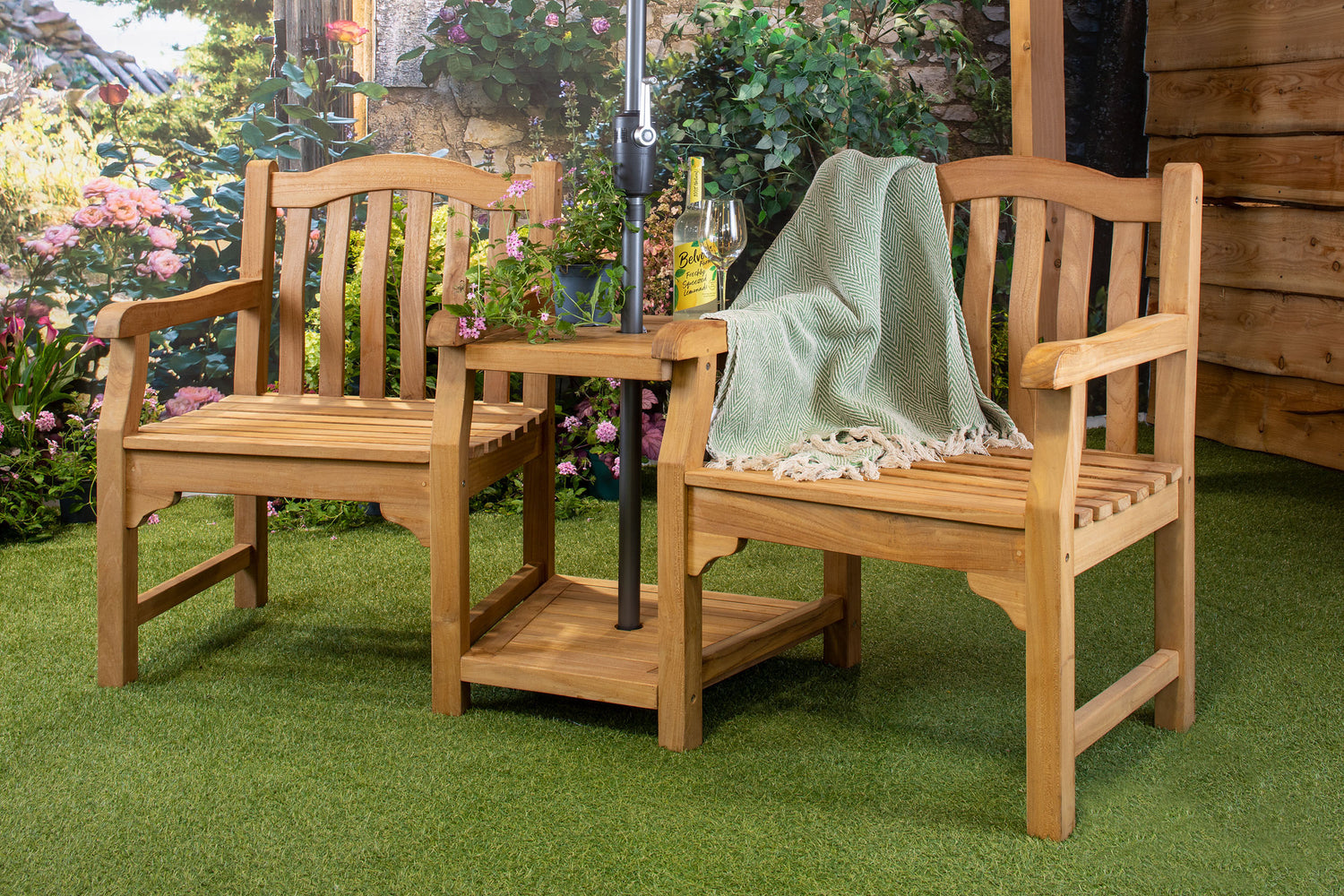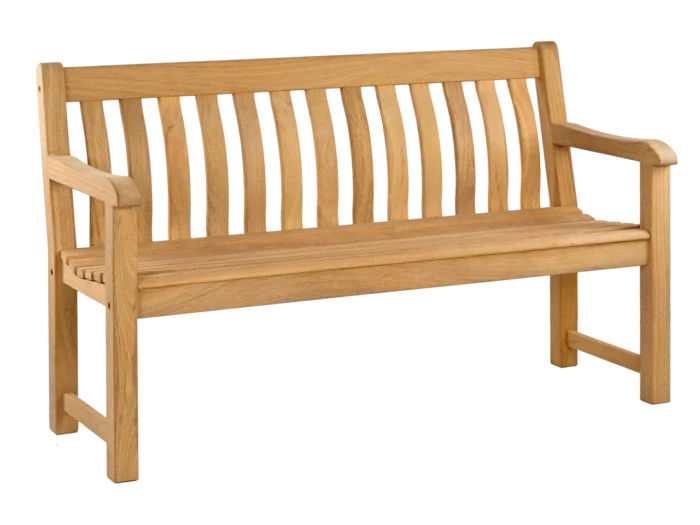Follow our tips for buying your perfect Christmas tree
Potted Christmas trees are in store from October with the cut trees coming in around the middle of November. If you are making a special journey, please call ahead to make sure they are in stock.
There’s nothing quite like the smell of a real Christmas tree and for all the traditionalists there really is no contest as regards real v artificial. You can buy Christmas tree scent to hang in an artificial tree and the modern generation of artificial trees with polyethylene (PE) branches are remarkably lifelike, and manufacturers are moving away from the perfect cone to a more natural looking shape. If you have a tree every year then it’s more economical to buy a quality artificial tree as it will last you about 15 years, however a fresh one is more cost effective if you just want a one-off purchase. From an environmental point of view there really is no contest as a fresh tree will pump out oxygen for at least 8 – 10 years; whereas an artificial tree has a quite substantial energy consumption.
An alternative to the usual cut tree is a potted tree which will last for years in a pot and definitely your lifetime if planted in the garden. If you are keeping it in a pot to bring in every Christmas repot it in the spring into a slightly larger pot using a loam based compost. Once the tree has reached the maximum height you can accommodate keep re-potting in fresh compost in the same pot every couple of years; trimming back the roots to restrict growth. The only disadvantage to a potted tree is that they are usually quite small, normally not exceeding 120cm (4’), however we are now selling specimens up to 180cm (6’) in height. The potted trees this year are available in Nordman Fir, Norway Spruce and Fraser Fir but cut trees are only available in Nordman Fir.
Christmas trees are usually grown on marginal land which won’t support any other type of crop so provide an income for a farmer/grower who would otherwise receive no income from their land. The real trees are almost all grown in the UK whereas artificial trees are almost exclusively manufactured abroad. Real trees are easily disposed of after Christmas; they get chipped and used as a mulch whereas an artificial tree just ends up in landfill.

Tips for buying and keeping fresh a real tree
- First of all measure the space before setting off! Once confronted by a tree it is easy to get so carried away by a lovely shaped specimen with well-spaced branches that you ignore the fact that it is too wide at the bottom.
- When do you buy the tree? This is purely personal choice; some people like their tree up as long as possible, others wait until Christmas Eve. Just remember that the longer it is cut the more likely it is to lose needles before Christmas.
- Buying off the internet can be a bit hit and miss as the trees will be delivered to the retailer netted and won’t be taken out until unpacked by the purchaser; so if you do buy online make sure it’s from someone you trust who will use a reputable grower.
- If possible buy straight from the grower and have it cut fresh to ensure minimal needle drop.
- If the tree is already cut give it a good shake; if it sheds needles it isn’t fresh so choose an alternative.
- Once you get your tree home cut off the bottom couple of centimetres and plunge it immediately into a bucket of cold water.
- Use a dedicated tree stand which holds water or wedge it in a large bucket with stones. Top up the water every day. Before topping up turn off the tree lights and make sure you don’t wet any plugs or control boxes.
- Site the tree in as cool an area as possible and definitely away from the fire or any radiators.
- DO NOT spray it with hairspray to prevent the needles dropping; it is extremely flammable.
Tree varieties
- Blue Spruce (Picea pungens) Lovely silvery blue foliage, so suits a cool decorative colour palette. Unfortunately it’s quite prickly so not ideal if there are children.
- Douglas Fir (Pseudotsuga menziesii) Lovely all round traditional tree with soft green needles which last and a fresh citrus scent. Unfortunately they are usually only available as quite large specimens.
- Fraser Fir (Abies fraseri) Has a narrower base so ideal if space is limited; also has soft, flat, dark green needles so is child friendly. Available in store potted.
- Lodgepole Pine (Pinus contorta) Not that widely available through large commercial outlets so you may have to seek out a grower. Usually very bushy with yellowy green needles which last quite well.
- Noble Fir (Abies procera) This has lovely strong grey green branches which will hold weighty ornaments. It retains its needles well but is slow growing so therefore quite expensive.
- Nordmann Fir (Abies nordmanniana) Becoming more popular as it doesn’t shed its’ needles, so is ideal if you like your tree up for a long time. The disadvantages are that it has practically no scent and is more expensive than the Norway Spruce, owing to the fact that it is a slower grower and stays in the nursery for an extra 2 – 3 years. Available in store both cut and potted.

- Norway Spruce (Picea abies) This is one of the traditional trees and widely available, quite reasonably priced but does lose needles quite quickly. If you are buying very close to Christmas then this is perfectly acceptable. It has the lovely traditional Christmas tree scent. Available in store potted.

- Scots Pine (Pinus sylvestris) One of the few native British conifers it has good needle retention and a lovely fragrance. Unfortunately it is quite prickly and can be a bit sparse.




![Kingsbury-bench-05[1].jpg](http://www.hayesgardenworld.co.uk/cdn/shop/files/Kingsbury-bench-05_5B1_5D.jpg?v=1712162737&width=1500)
![Kingsbury-bench-01[1].jpg](http://www.hayesgardenworld.co.uk/cdn/shop/files/Kingsbury-bench-01_5B1_5D.jpg?v=1712161065&width=1500)
![tw17a-4947_0[1].jpg](http://www.hayesgardenworld.co.uk/cdn/shop/files/tw17a-4947_0_5B1_5D.jpg?v=1712161495&width=1500)
![tw17a-4947_tenbury_5ft[1].jpg](http://www.hayesgardenworld.co.uk/cdn/shop/files/tw17a-4947_tenbury_5ft_5B1_5D.jpg?v=1712161172&width=1500)
![tw17a-4952_tenbury_4ft[1].jpg](http://www.hayesgardenworld.co.uk/cdn/shop/files/tw17a-4952_tenbury_4ft_5B1_5D.jpg?v=1712161034&width=1500)
![thumbnail_IMG_1565-kik_2[1].jpg](http://www.hayesgardenworld.co.uk/cdn/shop/files/thumbnail_IMG_1565-kik_2_5B1_5D.jpg?v=1712226536&width=1500)
![thumbnail_IMG_1565-kik_1[3].jpg](http://www.hayesgardenworld.co.uk/cdn/shop/files/thumbnail_IMG_1565-kik_1_5B3_5D.jpg?v=1712159637&width=1500)



![WD-XgESA[1].jpeg](http://www.hayesgardenworld.co.uk/cdn/shop/files/WD-XgESA_5B1_5D.jpg?v=1712159609&width=1500)